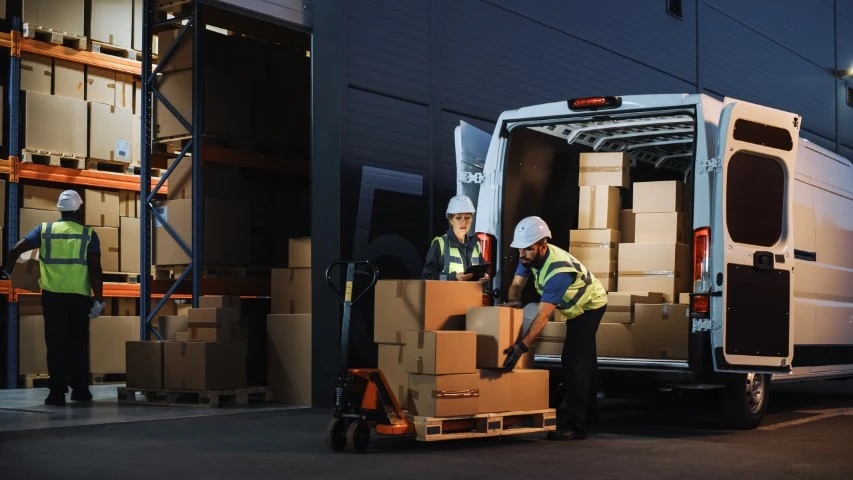A Healthier Workplace Is A Safer Workplace: How Addressing Frequent Low-Risk Incidents Drives EHS Benefits
28, March 2022
A Healthier Workplace Is A Safer Workplace: How Addressing Frequent Low-Risk Incidents Drives EHS Benefits
A strict dichotomy exists between the way in which firms prioritize and address high severity risks compared with less impactful but more frequent hazards, with it common for firms to have completely separate metrics to analyse serious injury and Fatality Incidents (SIFs). Whilst there is no doubt SIF elimination should remain a vital focus, firms mustn’t underestimate how perfecting their approach to more common incidents can influence a reduction across all risk areas.According to the latest Verdantix Global Survey, 31% of respondents reported using ergonomics software modules across multiple facilities, making it the lowest priority EHS use case for digitization investment. Although ergonomic injuries are not prevalent in a number of industry verticals, in 2021 the HSE reported musculoskeletal disorders (MSDS) represented 28% of all reported work-related ill health incidents. Consequently, ergonomics provides a prime example of how targeting high-frequency risks can result in a butterfly effect that has a positive effect throughout the entire EHS practice.
The alarming proportion of ill health incidents attributed to MSDS doesn’t scratch the surface when assessing the true impact of ergonomic-related issues within firms labour intensive industries. An untold number of workers in physical jobs often suffer through a number of chronic injuries, that often are left un-diagnosed with the potential to compound into life changing issues. In addition to the risks posed by covering injury treatment and rehabilitation costs, firms must also consider the site safety impacts of having workers in continuous pain. There is a proven link between MSDS and mental health issues, a study from the University of Massachusetts found that of 397 nurses surveyed, the prevalence of the comorbidity of MDSs and depression was approximately 15%. Furthermore, it was found that stress, depression, anxiety and musculoskeletal disorders together accounted for 69% of all lost workdays in Great Britain in 2019/20. Further studies, from the US Institute of Medicine’s Committee on Sleep Medicine and Research found that highly fatigued workers, potentially caused by depression or MSDs, are 70% more likely to be involved in workplace incidents caused by a lack of safety diligence. Fortunately, firms are afforded a number of innovative digital solutions to assess and diagnose onsite ergonomic issues, with the likes of MOOVENCY, dorsaVI and StrongArm Technologies leveraging a range of sensors and video analytical tools to evaluate MSDs risks. Similarly, a number of EHS software vendors included in the Verdantix Green Quadrant have invested in ergonomic solutions, including ProcessMAP and VelocityEHS.
Firms should also consider the huge boosts to health and safety culture that investing in proactive ergonomic evaluation can bring. Ergonomic solutions providers offer quick and convenient assessments on the shop floor using a number of digital tools. Take for example VelocityEHS’s 3D SSPP solution, which leverages video analytics to proactively predict static strength requirements for industrial tasks, allowing greater accuracy when evaluating the MSDS risks attributed to physical tasks. With many EHS practices hungry improve safety mindsets among workers, investing in initiatives aimed at improving quality of work life and long-time safety is a sure-fire way to gain the respect and increased safety engagement down the line.





















